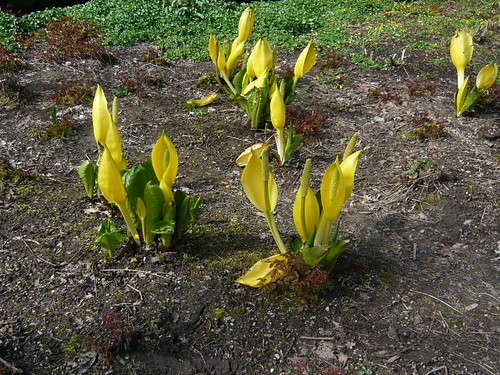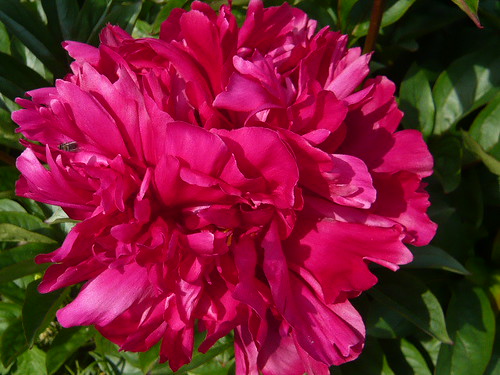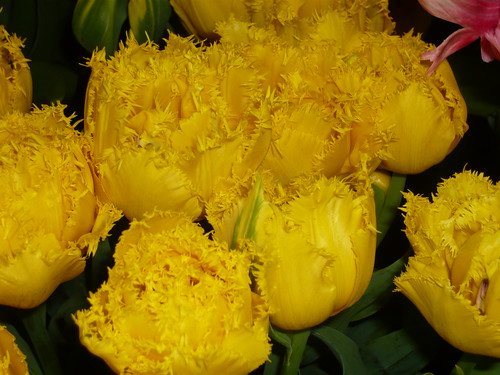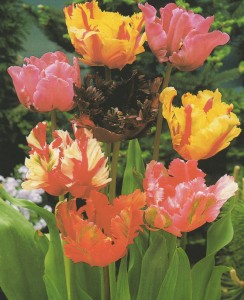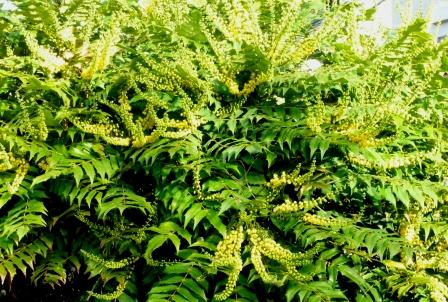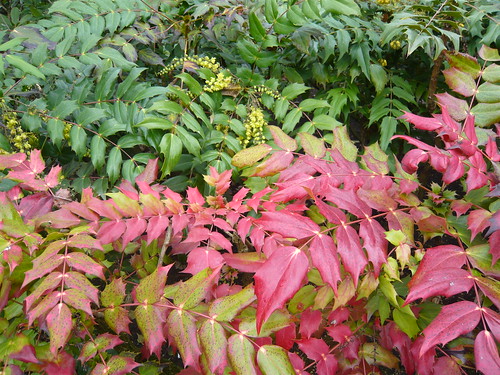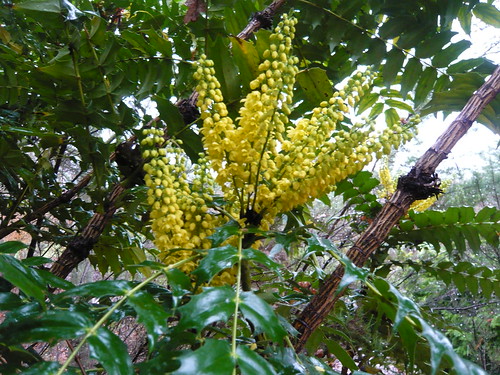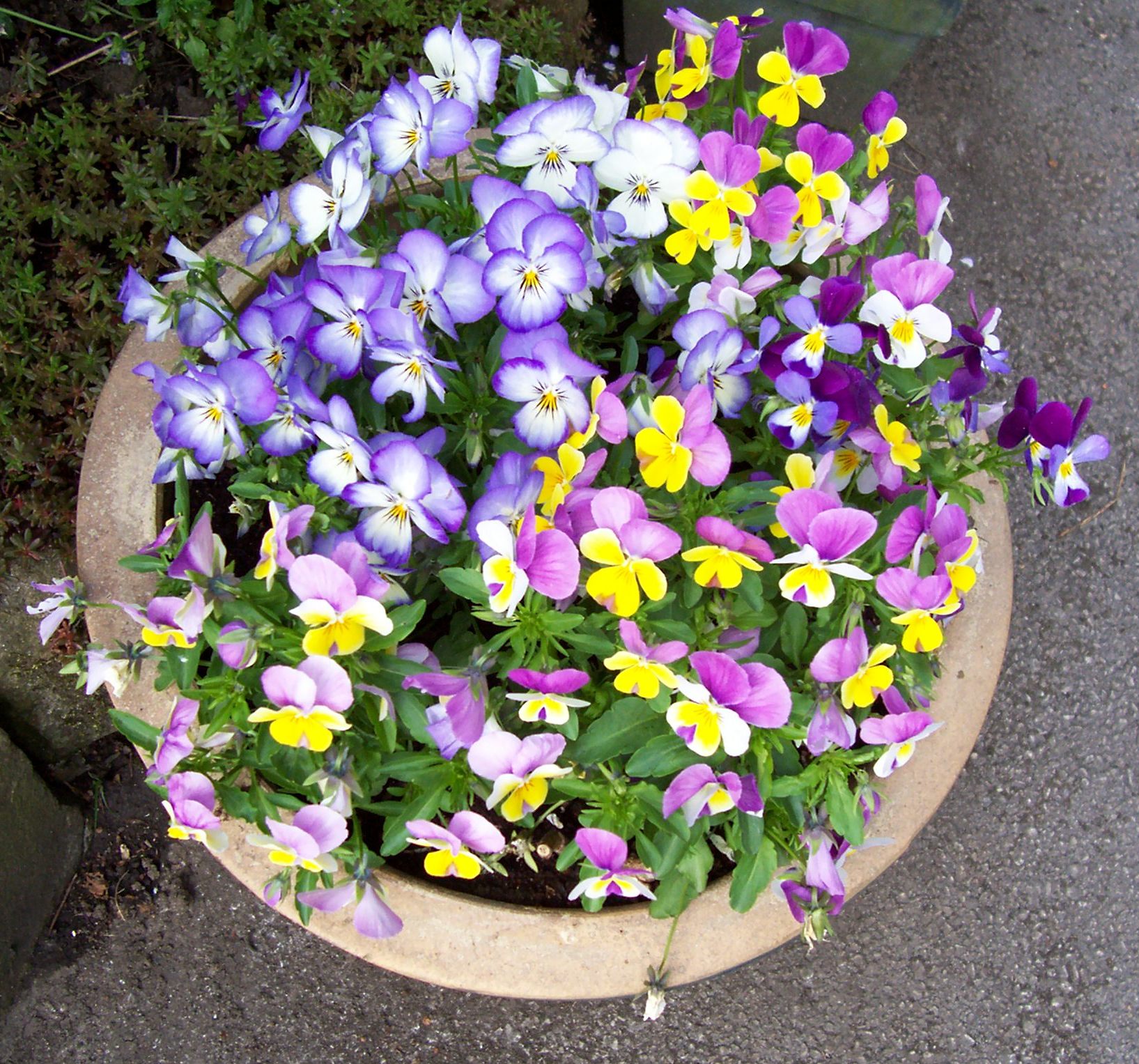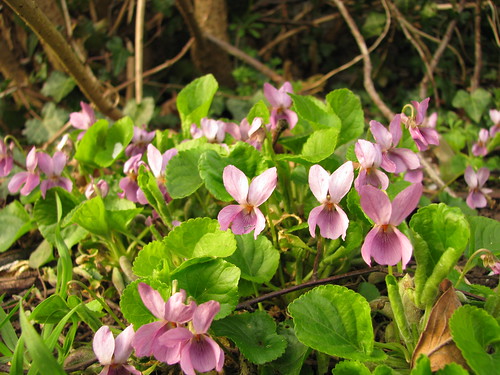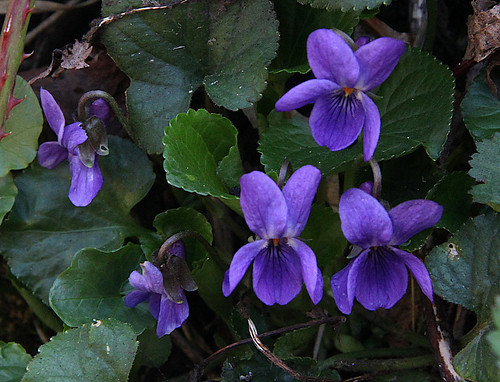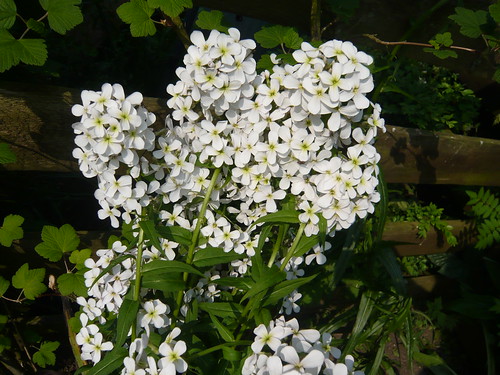Herbs for Drinks, Pillows and Baths
Herbal Teas, Tisanes and Infusions
Herb tea made from dried or fresh leaves can be drunk hot or iced. Chamomile tea is popular and can be bought in tea bags but growing your own is more satisfying. Use one or two tea spoonful of leaves, dry or fresh, to a cup of boiling water and steep for five to ten minutes then strain if you wish.
- Mint, Fennel and Sage can be used to create teas in the same way.
- Tinctures are make by soaking in alcohol like cider vinegar and raspberries to make raspberry vinegar
Herb Pillows
Herbs were added to straw to deter insects in less sanitary times. Today it would be enough to collect flowers and put them in a small packet or muslin bag and hang it close to the bedhead.
- Lavenda, Mignonette, Rosemary and Lemon verbena (Aloysia) make suitably restful pillows
- Eucalyptus leaves are good for congestion with a strong scent when crushed
Herb Baths
Aromatic herbal baths can be theraputic and pleasurable. Hang a muslin bag filled with a handful of leaves under a running hot tap as the bath fills.
- For stimulation try Basil, Bay, Lemon balm and Verbena, Mint or Rosemary.
- For relaxation try Chamomile Valerian, Lavender or available scented flowers.
- Healing herbs can be used such as Calendula, Acillea and Mints
Herbal Remedies
Herbs work as both preventative and curative medicines and the Greeks and Chinese have long been exponents of the craft. Remedies can be very powerful and be treated with respect. Do not ingest with prescription medicines without consulting a doctor.
- Sage can be used to make a gargle for infected throats
- Feverfew leaves or Meadowsweet can be chewed to relieve a headache
- Yarrow tea is said to be good for colds
- Dock and plantain leaves have long been used to relieve stings
- Buy a good herbal medicine book

